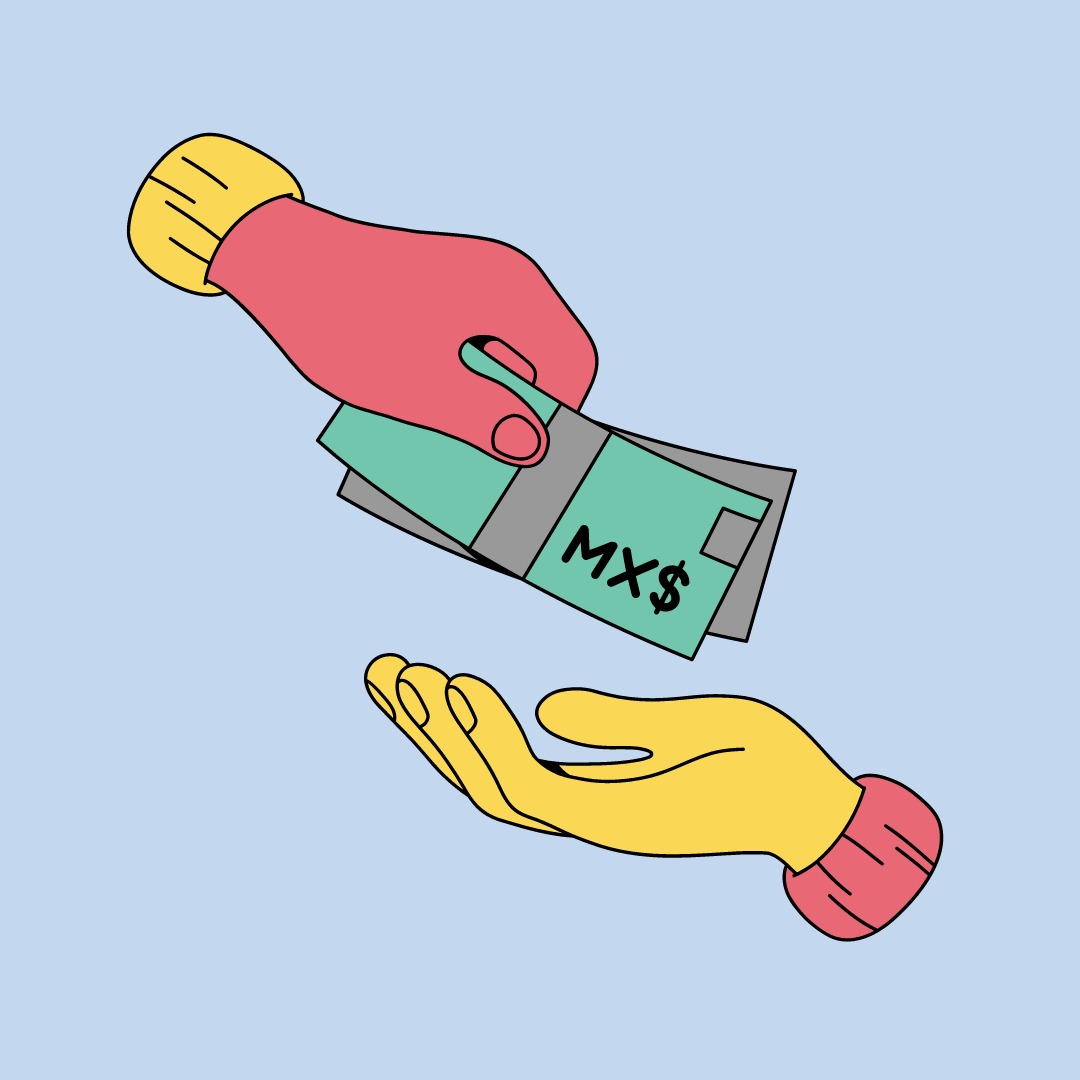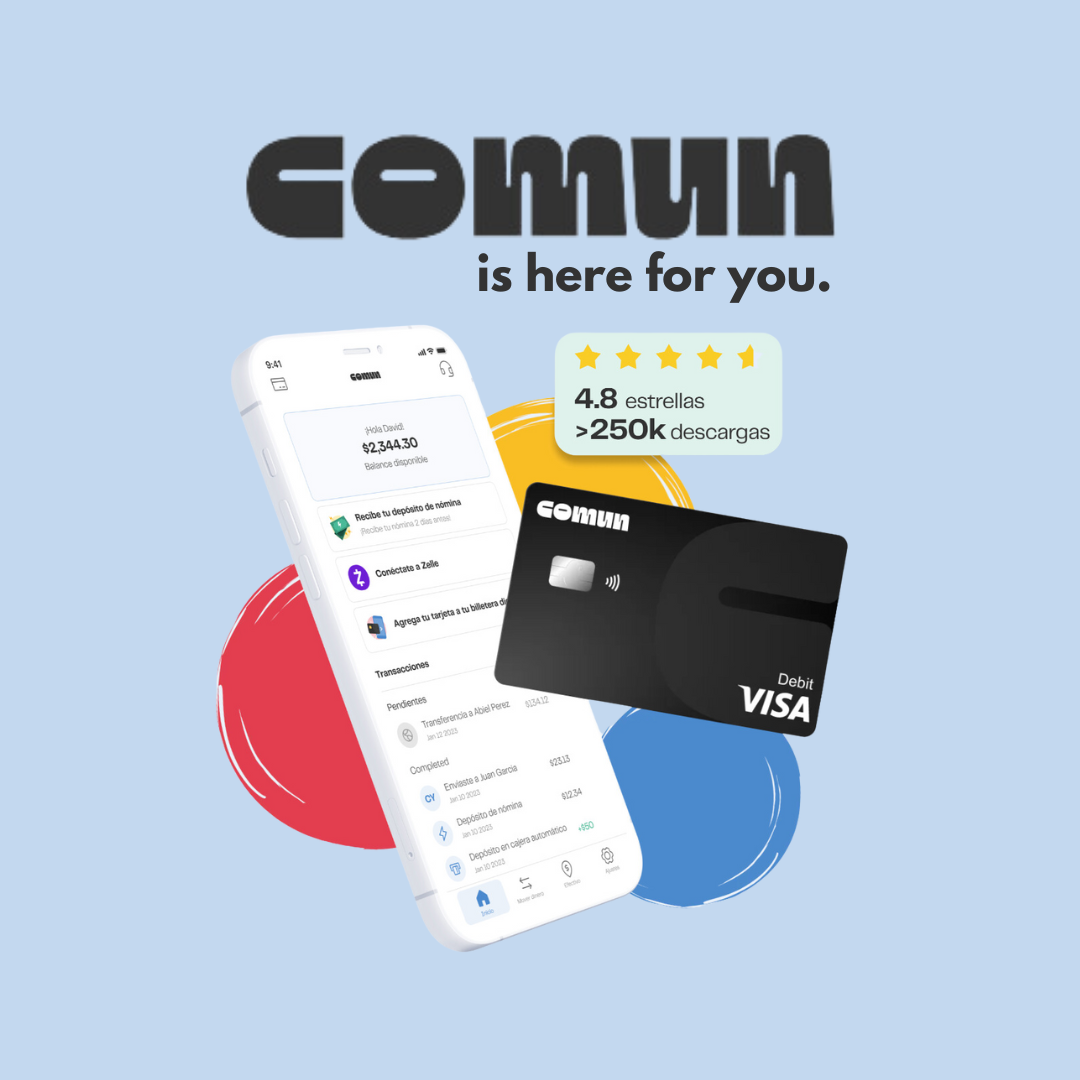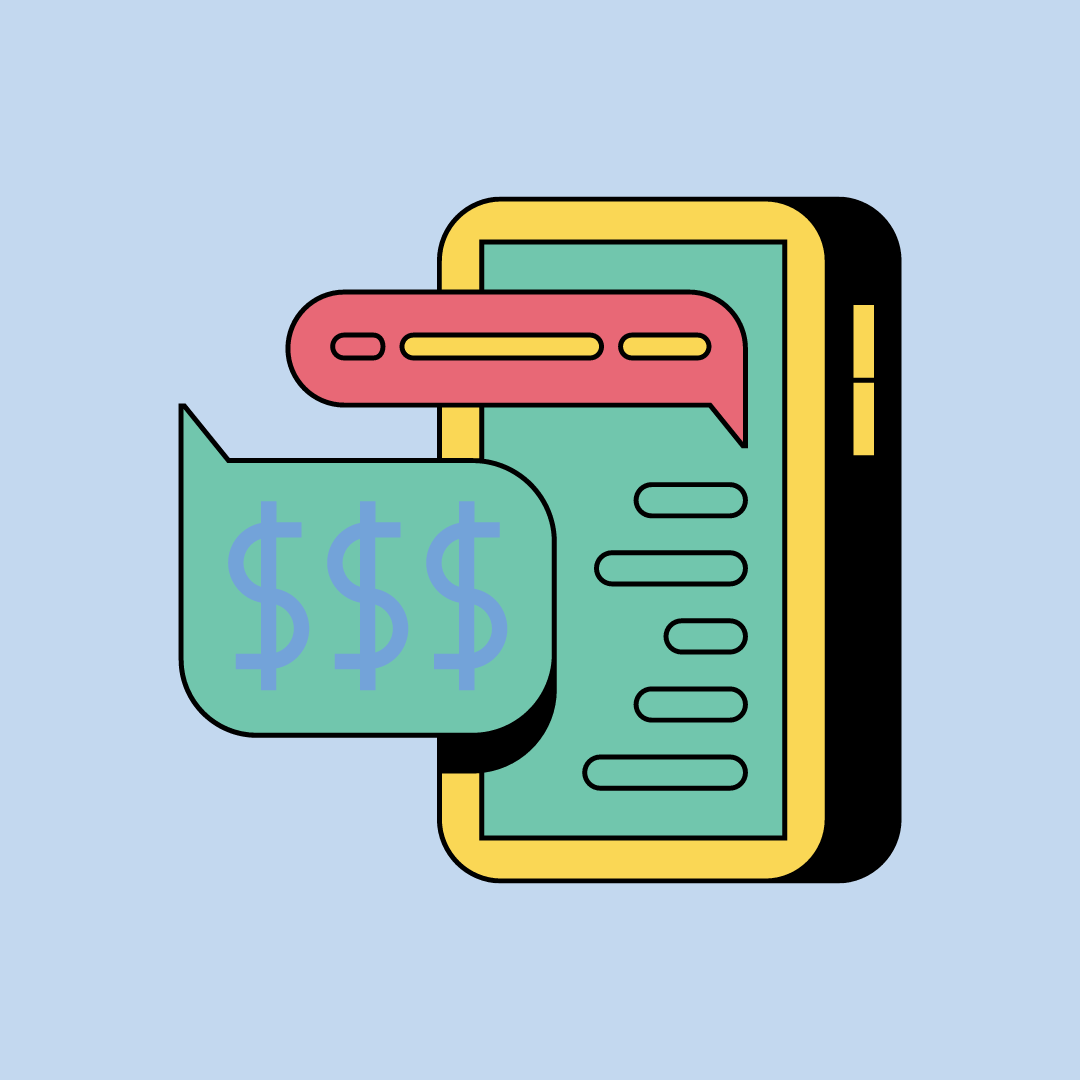
The ability to transfer money efficiently and securely is a cornerstone of economic interactions. This article explores the variety of electronic transfer methods available today, comparing and contrasting bank wire transfers, Automated Clearing House (ACH) transfers and other prevalent money transfer mechanisms. By understanding the subtleties of each international transfer method, from international money transfers to peer-to-peer platforms, individuals and businesses can navigate the complexities of financial transactions with confidence.
Bank Transfers: Speed and International Reach
Wire transfers stand as a testament to the enduring value of fast and secure international money movement. Prized for their reliability, wire transfers allow individuals and businesses to transfer funds directly between bank accounts across the globe. The distinguishing feature of wire transfers is their fast processing, crucial for time-sensitive transactions. They leverage a financial institution's vast international network, making it possible to send money to almost any country.
However, the efficiency and security of wire transfers come at a cost. They are generally associated with higher fees compared to other transfer methods, both for the sender and, occasionally, the receiver. These transactions also require the provision of accurate and complete details of the receiver's bank account, including bank name, account number and routing numbers, ensuring that funds reach their intended destination without delay.
Despite the cost, the unmatched speed and security of wire transfers make them the preferred choice for large international transactions, where the assurance of timely and secure delivery outweighs the expense. Whether for business dealings, purchasing property abroad or sending emergency funds, wire transfers offer a reliable solution, backed by the reputation and regulatory framework of traditional financial institutions.
ACH Transfers: Domestic Efficiency and Low Cost
The Automated Clearing House (ACH) network offers an efficient and economical alternative for domestic money transfers. ACH transfers encompass both direct deposits and direct payments, including payroll, government benefits and bill payments. Unlike wire transfers, ACH transfers are processed in batches, which can lead to slower delivery speeds, typically a few business days. However, the lower fees associated with ACH wires make them an attractive option for routine domestic transactions. ACH wires and wire transfers, while often mentioned together, serve distinct needs based on the urgency and geographic scope of the transaction.
The versatility of the ACH network extends beyond simple cost savings, providing a framework for a wide range of transactions beyond conventional check deposits and bill payments. This includes, but is not limited to, person-to-person (P2P) payments, business-to-business transactions, and even government-to-citizen payments such as tax refunds.
In addition, the advent of same-day ACH processing marks a significant improvement in transaction speed, addressing one of the few disadvantages traditionally associated with remittance transfers via this method. Despite this advancement, the inherent delay in batch processing still makes ACH transfers less suitable for urgent transactions, positioning them as a preferred method for planned recurring payments where cost efficiency outweighs the immediate availability of funds.
The Rise of Digital Convenience:
Two methods stand out for their distinct approaches and unique benefits: person-to-person (P2P) transfers and traditional bank, credit union and bank transactions. P2P platforms such as PayPal, Venmo, Cash App and Google Pay have revolutionized the way we think about money transfers, offering a level of convenience and accessibility that aligns with the demands of the digital age. These platforms cater to a generation that values speed, simplicity and the ability to transact on the go, using just a smartphone. On the other hand, credit unions and banks represent the foundation of traditional financial transactions, providing a full suite of services ranging from everyday banking needs to complex international wire transfers.
Person-to-Person Transfers
As mentioned, platforms such as PayPal, Venmo, Cash App and Google Pay have become indispensable in the digital era, democratizing the process of sending and receiving money. These applications stand out in user convenience, allowing transactions with just a smartphone. Linked to one's bank account or debit card, they facilitate both domestic and, increasingly, international transfers.
Although they are often free for basic services, they may charge small fees for instant transfers or currency exchange rate conversion. The appeal of P2P platforms lies in their simplicity and the ability to transfer funds without the need for the recipient's bank details, just their phone number or email address.
Credit Unions and Banks: Traditional but Reliable
Credit unions and banks remain the backbone of the money transfer ecosystem. Offering a range of services from direct deposits to international wire transfers, these institutions provide a safe, albeit sometimes more expensive, option for moving funds. The choice between a bank and a credit union often comes down to the nature of the transaction-credit unions may offer lower fees and better exchange rates for their members, while banks may provide more comprehensive services for international and business transfers. Regardless of the choice, ensuring that the transaction is completed with a reputable institution is paramount.
Deciding Between Money Transfer Applications: Key Considerations
When comparing money transfer applications, several key factors should be considered to ensure the decision aligns with your personal or business financial needs. Here are the essentials to evaluate:
- Fees: Compare the costs associated with sending or receiving money, including fees for instant transfers or currency conversion charges.
- Transfer Limits: Check the maximum and minimum amounts you can send, as platforms vary widely in their limits.
- Geographical Availability: Not all applications are available in every country or support international transfers. Make sure the application meets your geographic requirements.
- Security: Investigate the security measures in place, such as encryption and fraud protection, to safeguard your financial information.
- User Experience: Consider the ease of use of the application, the availability of customer support and any additional features such as bill splitting or social functionalities.
- Delivery Speed: While some applications offer instant transfers, others may take a few business days. Choose based on how quickly you need the funds to be available.
- Exchange Rates and Currency Options: For international transfers, evaluate the exchange rates offered and what currencies are supported.
Comun - Banking designed for your life in the USA
Open your checking account¹ in 3 minutes with any valid ID from your home country²
By carefully considering these factors, users can select a money transfer application that best suits their financial transactions, balancing convenience, cost and security. Whether sending money to a friend within the country or managing international business transactions, the right bank transfer application can make all the difference in achieving a smooth and efficient money transfer experience.

Emerging Technologies and Financial Innovations
The financial sector continues to evolve, with emerging technologies and innovations offering new ways to transfer money. Blockchain technology, for example, has given rise to cryptocurrencies, which promise faster international transfers without the need for traditional banking infrastructure. However, these methods come with their own set of challenges, including volatility and regulatory uncertainty. As these technologies develop, they may offer viable alternatives to traditional, electronic methods of transferring funds. Some developments include:
- Decentralized Finance Platforms (DeFi): These platforms are reshaping financial transactions by enabling peer-to-peer lending, borrowing and investing without traditional intermediaries, using blockchain technology to ensure security and transparency.
- Smart Contracts: These self-executing contracts with the terms of the agreement directly written in lines of code can automate and secure the execution of financial transactions, reducing the need for intermediaries and increasing efficiency and trust.
- Digital Wallet and Mobile Payment Integration: The integration of digital wallets with mobile payment systems is simplifying the process of making transactions, making them more seamless and accessible, and is poised to further reduce reliance on physical bank cards and cash.
Conclusion
Theworld of money methods is diverse, each with its own set of advantages, disadvantages and best-use scenarios. From the fast international reach of bank wire transfers to the domestic efficiency of ACH transactions to the convenience of money transfer applications, the choice of method depends on the specific needs of the transaction, including speed, cost and geographic reach. As financial technologies continue to evolve, staying informed about these methods will allow individuals and businesses to make the best decisions for their money transfer needs, ensuring that funds are transferred securely, efficiently and cost-effectively.











.svg)